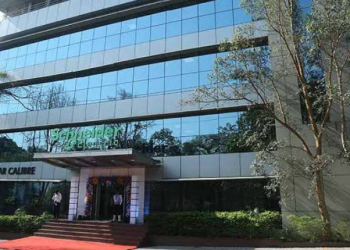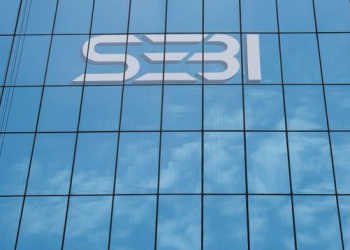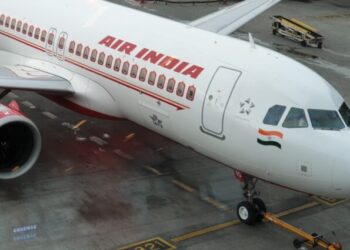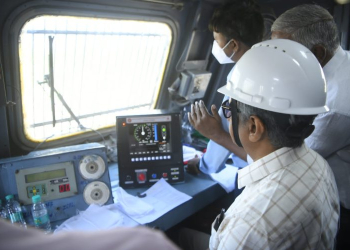New Delhi: Forty per cent of tariff lines saw increase in import duties in the past five years. In every five-year period up until 2010, 60-70 per cent of tariff lines used to see cuts, this has reversed since then, Credit Suisse said in a report.
In a post-Budget report, Credit Suisse said 2020 saw fall in import duties, mainly for agriculture, textiles, metals and autos. Several sectors have been on the government radar for a while, as seen in the imposition or hiking of import duties over the past few years.
It added that much of the increase in FY22 spending was from spending induced by the pandemic: Food subsidy, NREGA spending and vaccines. Some, like higher fertiliser subsidy, should also roll off. The government also cleared arrears in various subsidies and incentives (e.g., for exports). Where is the new spending, the report asked.
Total budgeted expenditure on rural and food subsidy to decline vs FY22 BE and RE, it said. The spikes due to the Covid relief related direct income transfers and MNREGA are being rolled back. Low income consumption is currently muted; will depend more on broader economic recovery and return of low income jobs.
The Budget has a low LPG subsidy provision. LPG subsidy for FY22 has been reduced from a budget of Rs 125 billion to just Rs 34 billion whereas oil marketing companies (OMCs) in just 3Q22 have incurred a large loss on LPG (Rs 60 billion+). LPG subsidy (direct benefit transfer) for FY23 is budgeted at Rs 40 billion.
No further excise duty cut built in, the report said. Excise duty estimate for 2022-23 reduced by Rs 561 billion YoY, which is almost entirely explained by the recent reduction in petrol and diesel excise duties. This suggests no further cut in duty built in for FY22-23 and no material collection built in from the additional duty on non-blended fuel.
Allocation towards Covid-19 vaccine reduced to Rs 50 billion in FY23 (from Rs 350 billion in FY22). The reduced procurement is owing to high vaccination coverage achieved already (95 per cent of adult population has received at least one dose, and 75 per cent is fully vaccinated).
The budget allocation corresponds to 250 million vaccine doses, which would be used mainly for booster doses and kids’ immunisation (vs 1.6 billion+ vaccines to be procured in FY22, as per target).
The implied procurement target denotes coverage of one-fourth of adult population (with single booster dose). The implication is a negative for Cadila, as its vaccine programme is yet to kick off. Credit Suisse said.
Cumulative allocation to schemes like PMAY-G and PMAY-U, PMGSY, AMRUT and Smart Cities seem flat on a YoY basis.
The expenditure (Centre + state) as % of GDP spiked in FY21 due to the pandemic and lower GDP. The budgeted increase has been substantial for the states, but miss on targets is very large. For FY23, the challenge for the Centre is how to deal with expenditure rolling off.
In prior years, the last three months’ receipt assumptions appeared ambitious; this year they appear overly conservative. Higher capex targets though appear stretched, Credit Suisse said in its report.
(IANS)

















